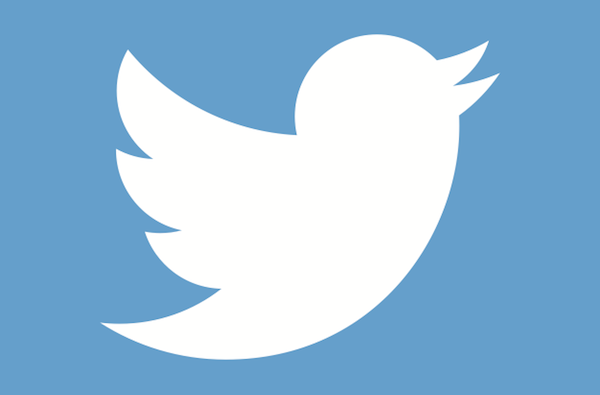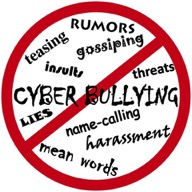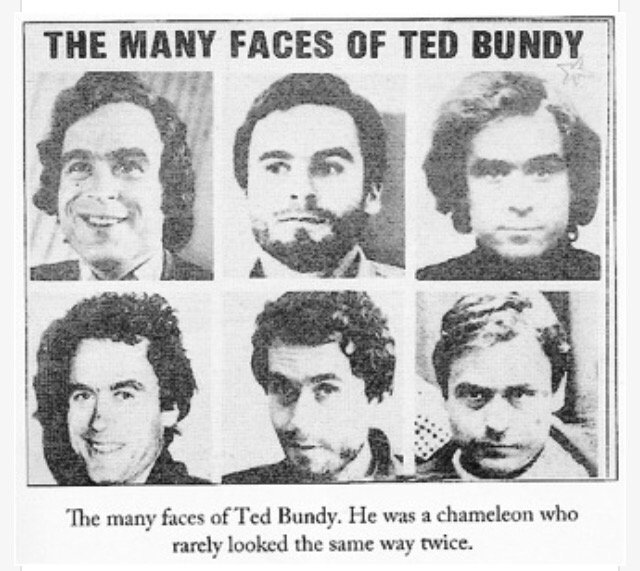
In the article “The Ratio Establishes Itself on Twitter” by Mike Isaac, a formula is introduced for figuring out how well a tweet has been received. The way the ratio works is to “Divide the number of replies you get to a tweet by the number of likes and retweets. If the former category is much larger than the latter, you probably tweeted something awful” (Isaac). This ratio was first used for political tweets as a way for candidates to track how well received they were by the public for their views on tough issues. To prove the ratio with an example, Isaac used Chris Cillizza who is a CNN political commentator and the most ratioed man on Twitter. On most occasions, the replies far outway the number of likes and retweets he gets, proving that his tweets are very controversial and “probably awful.”
After looking at the ratio difference of Chris Cillizza’s tweets, I decided to look at the ratio of tweets for Joe Berlinger over his film “Extremely Wicked Shockingly Evil And Vile.” This film starred Zac Efron and Lily Collins as they depicted Ted Bundy’s life from the view of his girlfriend Liz Kloepfer. From the initial release at Sundance Film Festival, the replies and tweets were negative and questioned the moral of the film. Yet, now with an actual ratio, I wanted to check and see if Berlinger’s tweets about the film were actually “awful” or if the media just picked up on a few tweeters who disliked the film.
On January 26th, 2019 at 8:24pm, Joe Berlinger tweets “Just two hours to go for #worldpremiere of #extremelywickedshockinglyevilandvile!! Sh*tting a Brick! But excited... @ Park City, Utah.” This tweet was Berlinger’s reaction to the first premier of the film at Sundance Film Festival and had 7 replies, 20 retweets, and 81 likes, creating a ratio of 7:101. With this ratio, this tweet is considered great! Plus, with a further investigation, all of the replies are wishing Berlinger luck, so this is an example of a great tweet and interaction at the film’s beginning.
As the showings for this film went on, the tweets started to become popular with interaction and opinions. On January 29, 2019 at 12:51pm Berlinger tweets, “Thank you for your kind and generous perspective: ‘Ted Bundy Survivor praises Zac Efron, says everyone should see 'Extremely Wicked, Shockingly Evil and Vile’” with a link to an article. This tweet received more interaction than the last one with 69 replies, 846 retweets, and 6,000 likes. That creates a ratio of 69:6,846, confirming its positivity. By this time, people not at Sundance had watched the trailer and it set tweeters off on tangents, angry that Berlinger was glorifying Ted Bundy. Berlinger was pushing positive press to offset these uninformed tweeters.
Overall, using the ratio to check the quality of Berlinger’s tweets proved that he was tweeting out great content. Even though the press was focused on the negative side, his tweets by themselves showed the true story of positive interaction.




/cdn.vox-cdn.com/uploads/chorus_image/image/59409351/fyre_festival_0.0.jpg)



![Image result for Conversations with a Killer: The Ted Bundy Tapes | Official Trailer [HD] | Netflix](https://pmcvariety.files.wordpress.com/2019/01/conversations-with-a-killer-the-ted-bundy-tapes.jpg?w=1000)






